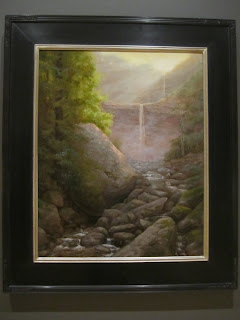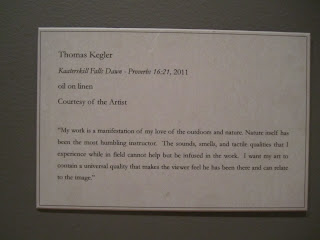COURSE CONTENT
1. Which assignment did you ENJOY working on the best? Why?
I think I enjoyed the elements and principles assignment the best in the beginning of the semester. I love experiencing with photography, and the weather was perfect to have an excuse to go explore, relax, and have a stress-free assignment.
1. Which assignment did you ENJOY working on the best? Why?
I think I enjoyed the elements and principles assignment the best in the beginning of the semester. I love experiencing with photography, and the weather was perfect to have an excuse to go explore, relax, and have a stress-free assignment.
2. Which
assignment did you ENJOY working on the least? Why?
I think I enjoyed the self portrait the least. I am just not good at drawing people, and it adds frustration into my work instead of enjoying it and expressing anything. That is just a personal preference.
I think I enjoyed the self portrait the least. I am just not good at drawing people, and it adds frustration into my work instead of enjoying it and expressing anything. That is just a personal preference.
3. How did
you like using ANGEL?
I have always liked ANGEL, and I have never had a problem with it.
I have always liked ANGEL, and I have never had a problem with it.
4. If you
had the opportunity to change this course:
What would
you keep? I would keep the projects, for sure.
What would
you remove? I would take away some of the discussion posts, as much as I
enjoyed this class, it had more busy work than any other online class I’ve ever
taken. I did well, and completed everything on time, I just felt go, go, go,
go, all the time.
What would
you add? I would add another assignment or two involving photography. Nature is
an infinite form of expression, there is so much out there, and I would really
much rather go outside more than once looking for particular things.
5. Would
you recommend this course to your peers?
Yes I would, but I would also warn them that there is a ton of work involved.
Yes I would, but I would also warn them that there is a ton of work involved.
6. Please
list any other comments you would like to share.
I just really enjoyed this class, the professor was a fair grader, and I felt like I was actually accomplishing things unlike other classes, where you are just a number, and no one cares about you, or your work, its always just the grade at the end. I feel like I actually learned a lot because it is so hands on. J
I just really enjoyed this class, the professor was a fair grader, and I felt like I was actually accomplishing things unlike other classes, where you are just a number, and no one cares about you, or your work, its always just the grade at the end. I feel like I actually learned a lot because it is so hands on. J
Please be honest with your answers.
I use student feedback and input to improve this course. Your input is very
important to me and is greatly appreciated.



















